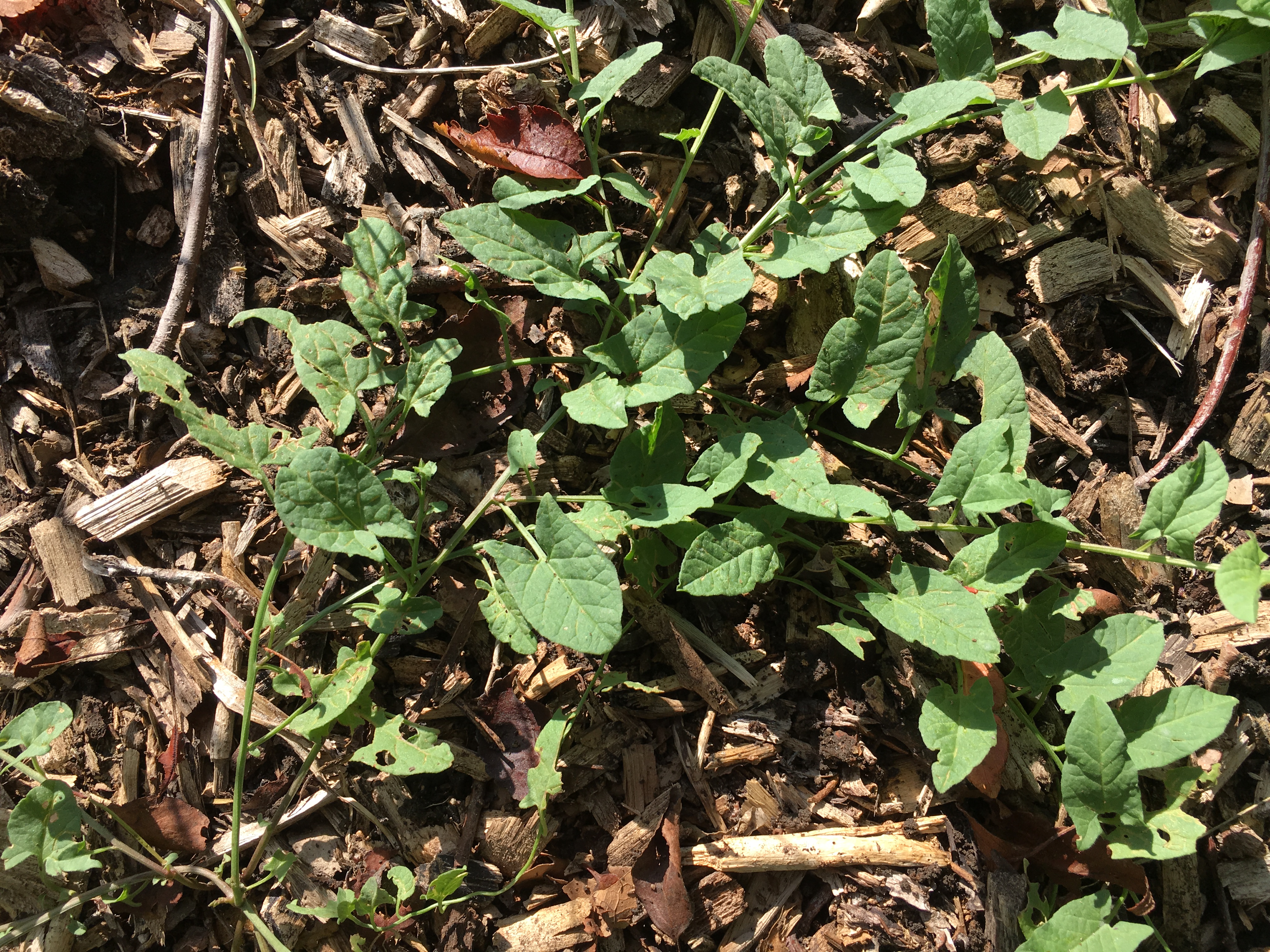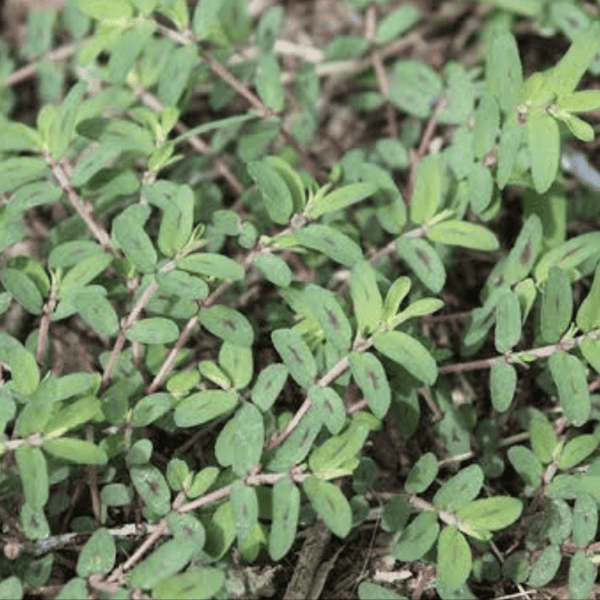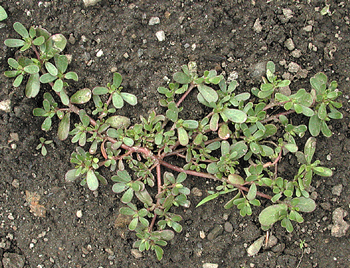As an Amazon Associate, I earn from qualifying purchases.
Weeds with runners spread rapidly through underground stems. They can quickly invade lawns and gardens.
Weeds with runners are a common challenge for gardeners. These weeds spread through underground stems called stolons or rhizomes, making them particularly invasive. Common examples include Bermuda grass, creeping Charlie, and bindweed. Their ability to spread quickly can choke out desirable plants, creating a persistent problem.
Proper identification and timely intervention are crucial for effective management. Hand-pulling, mowing, and using appropriate herbicides can help control these weeds. Integrated weed management strategies offer the best results. Addressing weed issues early prevents them from becoming unmanageable. Understanding their growth habits helps in devising effective control measures.
Identifying Runner Weeds
Some weeds grow fast and spread quickly. These weeds have runners. Bermuda grass is one example. Creeping Charlie is another type. Ground Ivy also spreads through runners. St. Augustine grass can invade gardens too. These weeds can take over quickly.
Runner weeds spread through stems called stolons or rhizomes. Stolons grow above the ground. Rhizomes grow below the soil. Both types help weeds cover large areas. They send out new shoots and roots. This makes them hard to control.
Impact On Gardens
Weeds with runners spread rapidly, choking out garden plants and stealing essential nutrients. Their invasive nature can quickly overtake flower beds and vegetable patches, causing significant harm.
Soil Health
Weeds with runners can harm soil health. They spread quickly and take over spaces. This reduces the nutrients available for other plants. Soil becomes compacted due to the dense root system. This makes it harder for water to penetrate. It also limits air flow in the soil. Healthy soil needs good air and water flow. Weeds with runners make the soil less healthy. This affects all plants in the garden.
Plant Competition
Weeds with runners compete with garden plants. They steal nutrients from the soil. They also block sunlight from reaching other plants. These weeds grow faster than most garden plants. This makes it hard for other plants to survive. Garden plants need space to grow. Weeds with runners take up that space. This can ruin a beautiful garden. Gardeners must remove these weeds to protect their plants.
Prevention Techniques
Mulching helps keep weeds under control. Use organic materials like bark, straw, or grass clippings. These materials block sunlight and prevent weed growth. A 2-3 inch layer works best. Mulch also helps retain soil moisture. This benefits your plants and soil.
Proper spacing of plants is crucial. Crowded plants lead to more weeds. Leave enough space between plants. This makes it harder for weeds to grow. Proper spacing also improves air circulation. This reduces plant diseases and pests.
Organic Control Methods
Hand pulling is a simple way to remove weeds. Make sure to pull out the entire root. This prevents the weed from growing back. It is best to pull weeds after rain. The soil is soft, making it easier. Regular hand-pulling keeps the garden tidy. Wear gloves to protect your hands. Dispose of the weeds properly to avoid spreading.
Natural herbicides can be made at home. Vinegar is a common choice. Spray it directly on the weeds. Be careful not to spray on good plants. Salt can also be used but in small amounts. Too much salt can harm the soil. Boiling water is another option. Pour it over the weeds to kill them. Always test on a small area first.
Chemical Control Options
Choose the right herbicide for your weeds. Check the label for specific weeds it controls. Some herbicides work only on certain plants. Others kill a broad range of weeds. Pre-emergent herbicides stop weeds before they sprout. Post-emergent herbicides kill weeds that are already growing. Consider the type of grass in your lawn. Some herbicides can damage certain types of grass.
Apply herbicides on a calm day to avoid drift. Spray when weeds are young and actively growing. Wear protective gear like gloves and masks. Follow the instructions on the label. Do not mow the lawn just before applying herbicide. Water the lawn a day before application. Do not water the lawn for 24 hours after applying herbicide. Store herbicides in a cool, dry place away from children and pets.

Tools For Weed Management
Handheld tools are great for small gardens. Use a hoe to loosen the soil. A dandelion digger helps remove deep roots. Weed pullers have long handles and are easy to use. Weeding forks are useful for rocky soil. Garden knives cut through tough weeds quickly. Hand trowels are good for small weeds. Gloves protect your hands from thorns and chemicals.
Lawn mowers are essential for large areas. String trimmers reach places mowers can’t. Edgers create clean lines along paths. Scythes are manual tools for tall weeds. Brush cutters handle thick weeds and small shrubs. Riding mowers are great for very large lawns. Grass shears trim grass in tight spots.
Long-term Weed Management
Effective long-term weed management includes addressing weeds with runners. These aggressive plants spread quickly, requiring persistent control measures.
Soil Improvement
Improving the soil can help control weeds. Healthy soil promotes strong plant growth. Strong plants can outcompete weeds. Adding compost adds nutrients to the soil. Compost also improves soil structure. Well-structured soil retains water better. This discourages weed growth. Mulching can also help. Mulch blocks sunlight from reaching weed seeds. Weeds can’t grow without sunlight. Organic mulches break down and add nutrients. This further improves soil health.
Regular Monitoring
Regularly check your garden for weeds. Pull weeds as soon as you see them. This prevents them from spreading. Weeds with runners spread quickly. Removing them early is key. Use a hoe to cut weeds at the root. This stops them from growing back. Keep an eye on moist areas. Weeds often thrive in wet soil. Fix drainage issues to prevent weeds. Consistent monitoring keeps your garden weed-free.

Professional Help
Tackling weeds with runners can be challenging without expert assistance. Professional help ensures effective removal, preventing regrowth and keeping your garden pristine.
When To Hire
Weeds with runners can quickly take over your garden. If the weeds spread fast, think about hiring help. A professional can remove weeds safely. Experts know the best methods to control these weeds. Professionals also use tools that you might not have.
Choosing A Service
Before choosing a service, check their reviews. Look for companies that have good feedback. Ask about their methods for weed control. Make sure they use safe and eco-friendly products. Check if they offer a guarantee. Some services may provide follow-up visits. This ensures your garden stays weed-free.

Frequently Asked Questions
What Are Weeds With Runners?
Weeds with runners are plants that spread horizontally. They produce new shoots along their stems, making them hard to control.
How Do Runners Spread Weeds?
Runners spread weeds by growing along the ground. They take root at intervals, creating new weed plants quickly.
Why Are Weeds With Runners Difficult To Control?
Weeds with runners are difficult to control because they spread rapidly. Their horizontal growth can cover large areas swiftly.
Can Mowing Help Control Runner Weeds?
Mowing can help control runner weeds temporarily. However, it often only cuts the tops, leaving the runners to regrow.
Conclusion
Mastering the control of weeds with runners is essential for a healthy garden. Regular maintenance and targeted treatments can help. Stay vigilant and proactive to keep your garden thriving. Employ these strategies to ensure a beautiful and weed-free landscape. Happy gardening!

